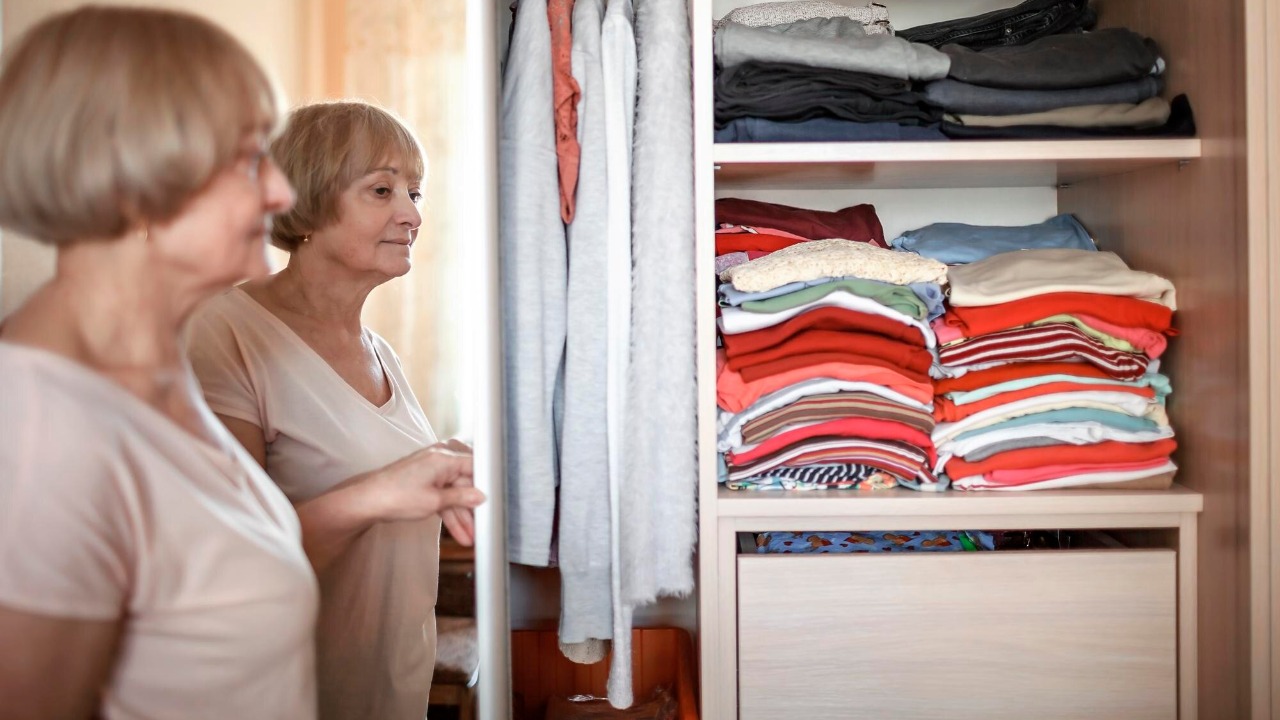The Secret Side Hustle in Baby Boomers' Closets

Unearthing Hidden Treasures
Assessing the value of items tucked away in your closet begins with knowing what to look for. Vintage clothing, for instance, has become a hot commodity. Pieces from brands like Levi’s, Chanel, or even obscure labels from the 1960s and 1970s can fetch high prices. Similarly, collectibles such as action figures, vinyl records, and first edition books are seeing a resurgence in interest. To get started, consider consulting online valuation guides or reaching out to appraisal experts who can help you identify items of worth.
The resale market for retro and vintage items is thriving, particularly among younger generations. Millennials and Gen Z are increasingly drawn to sustainable fashion and unique, nostalgic pieces that allow them to stand out from mass-produced items. This cultural shift means that items once considered outdated are now prized possessions, making it an opportune time to sell.
Understanding why nostalgia sells is key to capitalizing on this trend. Many young people are drawn to the stories and history behind items from the past. A poodle skirt from the 1950s or a pair of bell-bottom jeans from the 1970s offers a tangible connection to an era they admire. These pieces not only carry historical significance but also provide a sustainable shopping option in an age where environmental consciousness is paramount.
Decluttering for Dollars
Organizing your closet is the first step in turning clutter into cash. Start by sorting items into categories: keep, sell, and donate. This process not only helps you identify sellable items but also simplifies your living space, making it easier to manage your belongings. Consider using apps or online platforms that provide guidance on how to organize and evaluate your items effectively.
Selling pre-loved items aligns with the growing movement towards eco-friendly consumerism. By passing on items you no longer need, you contribute to a circular economy that reduces waste and promotes sustainability. This approach benefits both the environment and your wallet, as you recycle your wardrobe while making a profit. Platforms like Depop and eBay have become popular marketplaces for those looking to buy and sell vintage items, offering easy-to-use interfaces and a wide audience reach.
Online platforms and marketplaces are crucial for reaching potential buyers. Sites like Poshmark cater specifically to clothing and accessories, while Etsy is known for its vintage and handmade offerings. These platforms provide tools for listing items, processing payments, and managing customer interactions, making the selling process smooth and efficient.
Maximizing Your Profits
To attract buyers, it’s important to price your items competitively. Research similar listings to gauge market rates and adjust your prices accordingly. Consider offering discounts for bulk purchases or running promotions to attract more buyers. This strategy not only moves inventory more quickly but also enhances customer satisfaction and fosters repeat business.
Effective marketing is essential for showcasing your finds. High-quality photographs and detailed descriptions can significantly enhance the appeal of your listings. Highlight unique features, historical context, and any imperfections that might affect value. Utilize keywords that potential buyers might search for, such as “vintage,” “retro,” or specific brand names, to enhance searchability.
Social media platforms like Instagram and Pinterest can extend your reach beyond traditional marketplaces. By sharing visually appealing images and engaging with followers, you can build a community of enthusiasts interested in your offerings. Using hashtags and collaborating with influencers or vintage communities can further amplify your reach, turning casual browsers into potential buyers.
From Hobby to Side Hustle
Many Boomers are discovering that their passion for nostalgia can evolve into a profitable endeavor. What begins as a simple closet cleanout can quickly become a thriving side hustle, offering both financial rewards and a sense of purpose. By leveraging personal interests and experiences, sellers can create a unique brand that resonates with buyers.
Success stories abound, with numerous Boomers transforming their love for vintage items into full-fledged businesses. For instance, one retiree turned her extensive collection of 1970s concert T-shirts into a profitable online store, catering to music enthusiasts and collectors alike. These examples demonstrate the potential for turning a personal hobby into a lucrative business opportunity.
Of course, challenges such as shipping logistics and handling returns may arise. However, with careful planning and a willingness to adapt, these obstacles can be overcome. Utilizing reliable shipping services and establishing clear return policies can help mitigate potential issues, ensuring a smooth transaction process for both buyers and sellers.
Future Trends and Opportunities
The vintage resale market shows no signs of slowing down, with predictions suggesting continued growth and diversification. As more people embrace sustainable living and unique fashion, the demand for vintage items is expected to rise. By staying informed about emerging trends, sellers can adapt their inventory and marketing strategies to meet changing consumer preferences.
Beyond clothing, there are numerous opportunities to monetize other items in your closet. From vinyl records to retro tech, Boomers can capitalize on the growing interest in all things vintage. For example, classic video game consoles and early model computers have become popular collectibles, attracting tech enthusiasts and nostalgia seekers alike. Exploring these avenues can open up new streams of income.
For those interested in expanding their side hustle knowledge, resources and communities are available to support continued growth. Online forums, workshops, and courses offer valuable insights and networking opportunities, helping Boomers navigate the evolving marketplace. Engaging with these resources can provide the skills and confidence needed to succeed in the vintage resale industry.
The opportunity to turn a closet cleanout into a profitable venture is within reach for many Baby Boomers. By understanding the value of vintage items and leveraging modern selling platforms, Boomers can enjoy both financial and personal rewards while making a positive impact on the environment.
Post a Comment